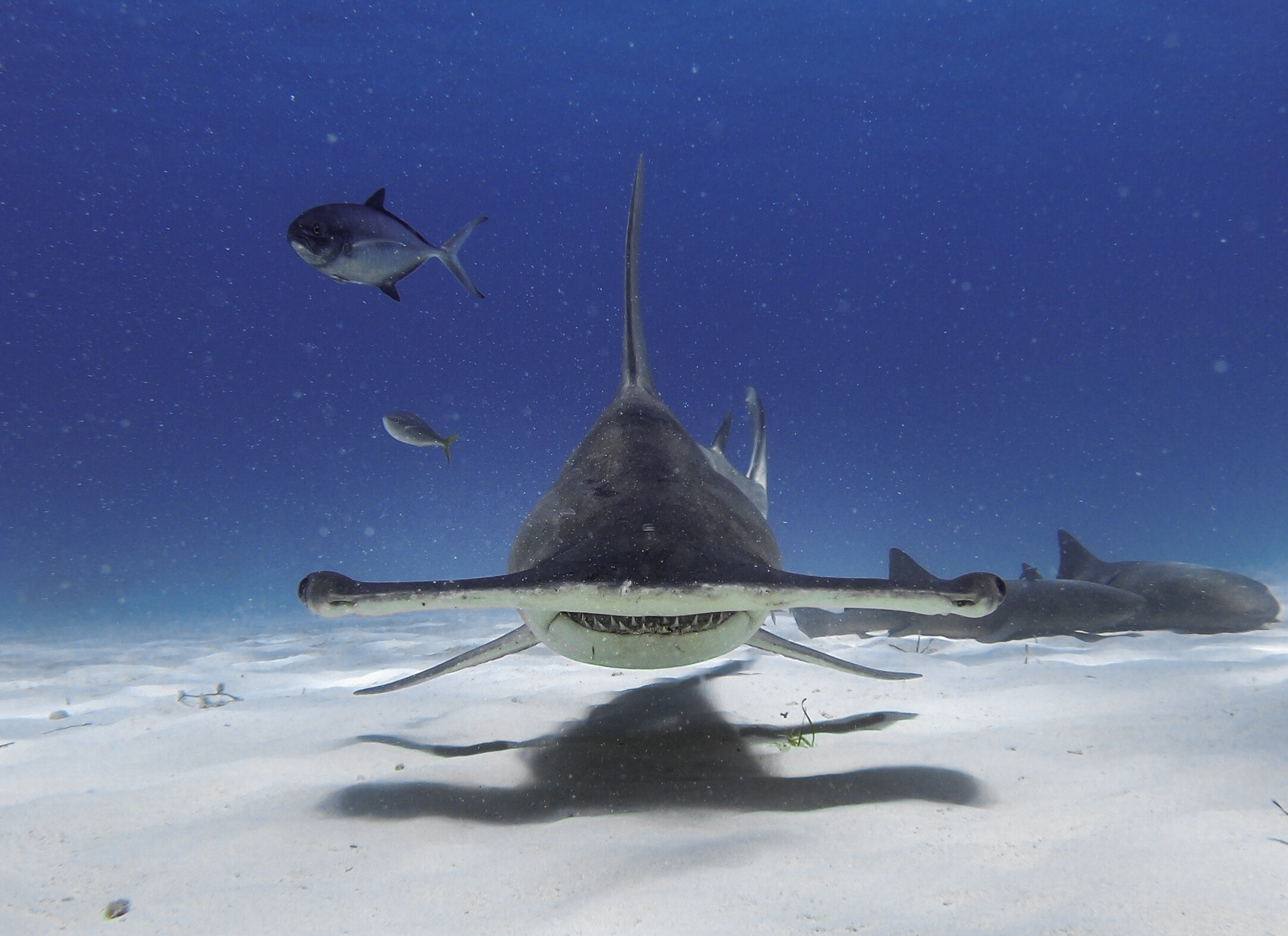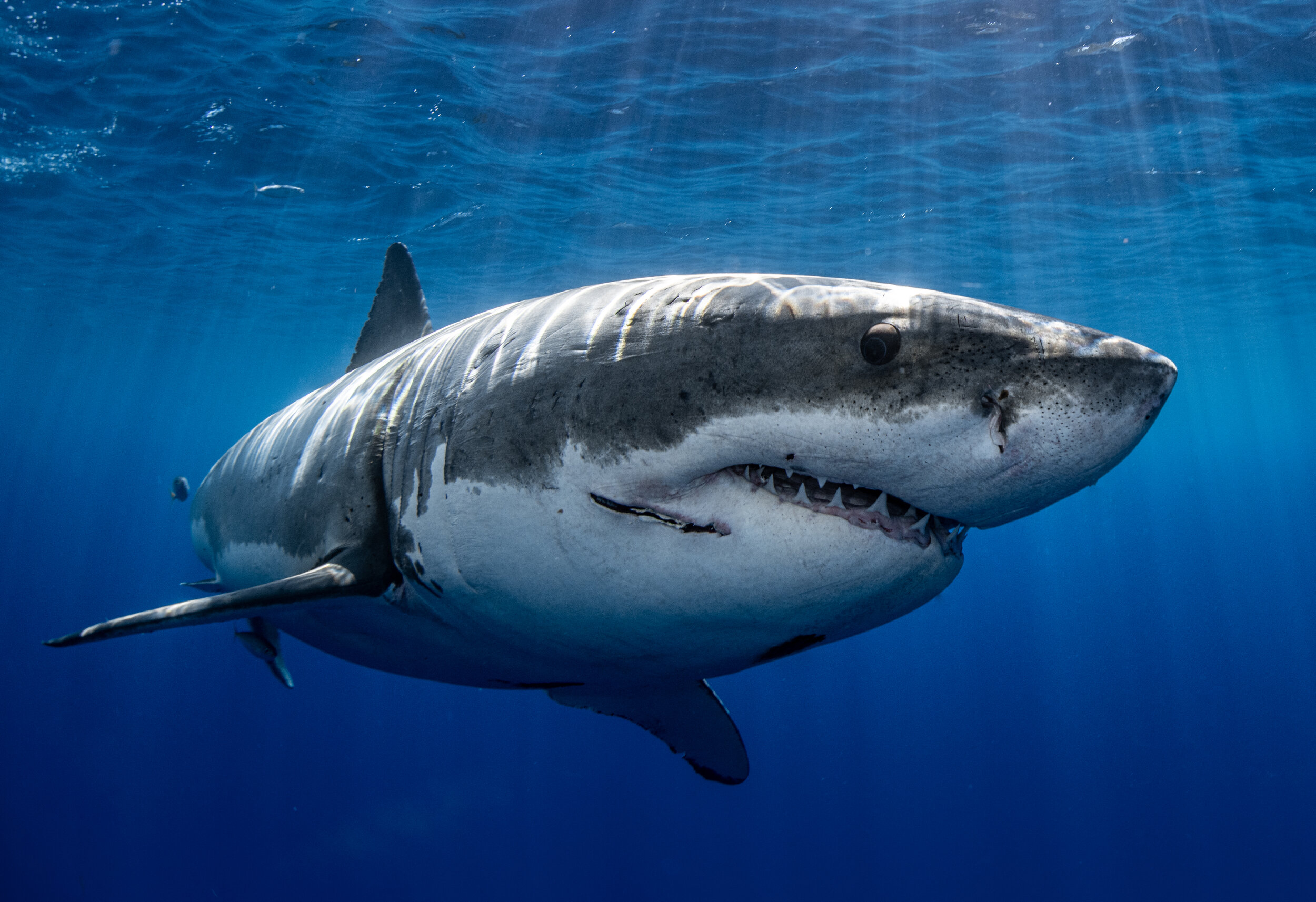Exploring The Marvel Of Shark Vision
The vision of sharks has intrigued scientists and marine enthusiasts for decades. Sharks perceive their environment in ways vastly different from humans, yet their visual capabilities are exceptionally fine-tuned for survival in the vast ocean. As apex predators, sharks heavily depend on their senses, including vision, to hunt, navigate, and interact with their surroundings.
Contrary to the widespread belief that sharks are blind, these creatures possess an impressive visual system adapted to their ecological roles. Their vision is optimized for detecting movement, distinguishing colors, and identifying prey, even in dim lighting conditions. Understanding shark vision offers valuable insights into their behavior and their crucial ecological role in marine ecosystems.
This article dives deep into the captivating world of shark vision, exploring how these magnificent creatures perceive their environment and the evolutionary adaptations that make their eyesight so effective. Whether you're passionate about marine biology or simply curious about the ocean's top predators, this comprehensive guide will provide you with everything you need to know about shark vision.
- Hunter Schafers Journey A Milestone In Gender Confirmation Surgery
- Exploring Emily Compagno A Closer Look At Her Height And Achievements
Table of Contents
- Ludwigs Height A Comprehensive Exploration Of The Iconic Figure
- Drake Milligans Personal Life Exploring His Marriage And The Woman Behind His Success
Shark Vision Across Different Species
How Sharks Utilize Their Vision
Comparison with Other Marine Creatures
Scientific Studies on Shark Vision
Introduction to Shark Vision
Shark vision plays a pivotal role in their survival and dominance within the marine realm. Despite the common misconception that sharks are blind, they possess highly advanced visual systems that enable them to thrive in diverse aquatic environments. Their eyes are uniquely adapted to detect movement, contrast, and even colors, empowering them to hunt efficiently and navigate through murky waters.
Research indicates that different shark species exhibit varying degrees of visual acuity based on their ecological roles and habitats. For instance, pelagic sharks such as the great white possess excellent long-distance vision, while bottom-dwelling species like the nurse shark rely more on detecting nearby movement. This diversity in shark vision showcases the evolutionary adaptations that have allowed these creatures to dominate their respective niches.
Understanding shark vision is essential not only for scientific research but also for conservation efforts. By studying how sharks perceive their environment, researchers can devise better strategies to protect these vital marine predators and ensure the health of ocean ecosystems.
Anatomy of a Shark's Eye
The structure of a shark's eye is both intricate and fascinating, featuring several key components that contribute to its exceptional vision. The eye comprises a cornea, lens, retina, and tapetum lucidum, each playing a crucial role in the shark's visual capabilities.
Cornea and Lens
The cornea and lens work in tandem to focus light onto the retina. Unlike humans, sharks have a spherical lens that offers a broader field of view, enabling them to detect movement from considerable distances. This adaptation is especially beneficial for identifying prey or potential threats in the expansive ocean.
Retina
The retina houses photoreceptor cells known as rods and cones. Rods are responsible for low-light vision, while cones enable color perception. Studies have shown that certain shark species possess cones sensitive to specific wavelengths of light, suggesting that they can perceive colors to some extent.
Tapetum Lucidum
One of the most remarkable features of a shark's eye is the tapetum lucidum, a reflective layer behind the retina that enhances vision in low-light conditions. This layer reflects light back through the retina, increasing the amount of light available for detection and improving night vision.
Evolution of Shark Vision
The evolution of shark vision has been shaped by millions of years of adaptation to their marine habitat. As one of the oldest groups of fish, sharks have developed highly specialized visual systems that enable them to survive and thrive in varied environments.
Early sharks likely depended on other senses, such as smell and electroreception, for navigation and hunting. Over time, however, the development of advanced vision provided a significant evolutionary advantage, allowing sharks to detect prey and avoid predators more effectively. This adaptation is particularly evident in species that inhabit well-lit surface waters, where vision plays a more critical role in survival.
Modern shark species exhibit a wide range of visual adaptations, reflecting their diverse ecological roles and habitats. From the deep-sea lantern sharks with their bioluminescent counter-illumination to the swift mako sharks with their keen distance vision, each species has evolved unique visual capabilities to meet its specific needs.
Color Vision in Sharks
Contrary to popular belief, many shark species possess the ability to see colors. Recent studies have revealed that some sharks have cones in their retinas that are sensitive to specific wavelengths of light, indicating that they can perceive colors to some extent. This ability is particularly advantageous for recognizing prey, identifying mates, and navigating through complex underwater environments.
Which Shark Species Can See Colors?
- Great white sharks: Evidence suggests that great whites can distinguish between different shades of gray and possibly some colors.
- Tiger sharks: These opportunistic hunters may use color vision to identify prey hidden among coral reefs.
- Hammerhead sharks: Their wide-set eyes and potential color vision allow them to scan large areas for prey and potential threats.
While not all shark species have been thoroughly studied, the presence of color vision in some species underscores the significance of visual perception in their daily lives.
Night Vision Capabilities
Sharks boast remarkable night vision capabilities that enable them to hunt effectively in low-light conditions. The tapetum lucidum, a reflective layer behind the retina, plays a crucial role in enhancing their vision during nighttime. By reflecting light back through the retina, this layer increases the amount of light available for detection, allowing sharks to see more clearly in the dark.
In addition to the tapetum lucidum, sharks also have a high density of rod cells in their retinas, which are specialized for detecting low levels of light. This combination of adaptations makes sharks highly effective nocturnal hunters, capable of locating prey even in the dimly lit depths of the ocean.
Shark Vision Across Different Species
Shark vision varies significantly across different species, reflecting their diverse ecological roles and habitats. Some species have excellent distance vision, while others rely more on detecting movement close to the ocean floor. Let's explore how different shark species utilize their vision:
Pelagic Sharks
Pelagic sharks, such as the great white and mako, have excellent distance vision that allows them to spot prey from far away. Their spherical lenses provide a wide field of view, enabling them to detect movement across large areas of open water.
Bottom-Dwelling Sharks
Bottom-dwelling species like the nurse shark and wobbegong rely more on detecting movement close to the ocean floor. Their eyes are adapted for spotting prey hidden in the sand or among rocks, often using their keen sense of smell in conjunction with their vision.
How Sharks Utilize Their Vision
Sharks employ their vision in various ways to navigate, hunt, and interact with their environment. Their visual capabilities are finely tuned for detecting movement, distinguishing colors, and identifying prey, making them highly effective predators.
Hunting Strategies
Many shark species use ambush tactics, leveraging their keen eyesight to locate prey before launching a surprise attack. Their ability to detect movement and contrast allows them to spot potential meals from great distances, giving them a significant advantage over their prey.
Navigation and Social Interaction
In addition to hunting, sharks also use their vision for navigation and social interaction. Some species rely on visual cues to recognize mates and establish dominance hierarchies, while others use their vision to navigate through complex underwater environments like coral reefs.
Comparison with Other Marine Creatures
When compared to other marine creatures, shark vision stands out as one of the most advanced visual systems in the ocean. While many fish and marine mammals rely on other senses, such as echolocation or electroreception, sharks have developed a highly specialized visual system that complements their other sensory abilities.
For example, dolphins use echolocation to navigate and locate prey, while sea turtles depend heavily on their sense of smell for finding food and returning to their nesting sites. Sharks, on the other hand, combine their exceptional vision with other senses like electroreception and smell to create a comprehensive understanding of their surroundings.
Scientific Studies on Shark Vision
Scientific research on shark vision has provided valuable insights into how these creatures perceive their environment. Studies have examined various aspects of shark vision, including color perception, low-light capabilities, and the role of the tapetum lucidum in enhancing night vision.
A notable study conducted by researchers at the University of Western Australia found that some shark species possess cones sensitive to specific wavelengths of light, indicating that they can see colors to some extent. Another study focused on the tapetum lucidum, revealing how this reflective layer enhances vision in low-light conditions.
These scientific studies not only deepen our understanding of shark biology but also highlight the importance of vision in their survival and ecological role.
Conservation Implications
Understanding shark vision has significant implications for conservation efforts aimed at protecting these vital marine predators. By studying how sharks perceive their environment, researchers can develop better strategies to mitigate human impacts on shark populations and preserve their habitats.
For example, knowledge of shark vision can inform the design of fishing gear that reduces bycatch, as well as the development of shark deterrents that use visual cues to keep sharks away from areas where they may be at risk of entanglement or injury. Additionally, understanding how sharks use their vision can help conservationists create more effective marine protected areas that account for the visual needs of different shark species.
Conclusion
In conclusion, shark vision is a fascinating and complex aspect of their biology that plays a crucial role in their survival and ecological role in marine ecosystems. From their advanced visual systems to their remarkable adaptations for low-light conditions, sharks have developed highly specialized eyesight that enables them to thrive in diverse aquatic environments.
We encourage readers to explore further resources on shark biology and conservation and consider how their newfound knowledge of shark vision can contribute to efforts to protect these magnificent creatures. By sharing this article and engaging with other marine enthusiasts, we can work together to ensure a brighter future for sharks and the ocean ecosystems they inhabit.



Detail Author:
- Name : Dr. Winston Turner
- Username : sauer.marcos
- Email : eryn.leffler@hotmail.com
- Birthdate : 1991-11-28
- Address : 4535 Ernser Village O'Reillymouth, AR 91831
- Phone : 562.323.1658
- Company : Spencer, Wolf and Emmerich
- Job : Composer
- Bio : Cupiditate est maxime qui ut asperiores esse impedit. Voluptatem deleniti tempore commodi. Et et labore cum a sapiente est. Sint et minus eaque non commodi qui. Sequi sit sed ut fugit.
Socials
instagram:
- url : https://instagram.com/ethelsatterfield
- username : ethelsatterfield
- bio : Qui placeat dolor sed quas. Quo vel consectetur odio minima. Ut aut sint pariatur cum iusto animi.
- followers : 1565
- following : 2357
twitter:
- url : https://twitter.com/ethel_satterfield
- username : ethel_satterfield
- bio : Adipisci illum rerum et aut error nobis rerum. Dolores deleniti occaecati et vel voluptate repudiandae. Ut minima culpa molestiae ea officia.
- followers : 2351
- following : 2876
facebook:
- url : https://facebook.com/ethel.satterfield
- username : ethel.satterfield
- bio : Et nesciunt vitae aperiam quo numquam qui aperiam.
- followers : 638
- following : 1867